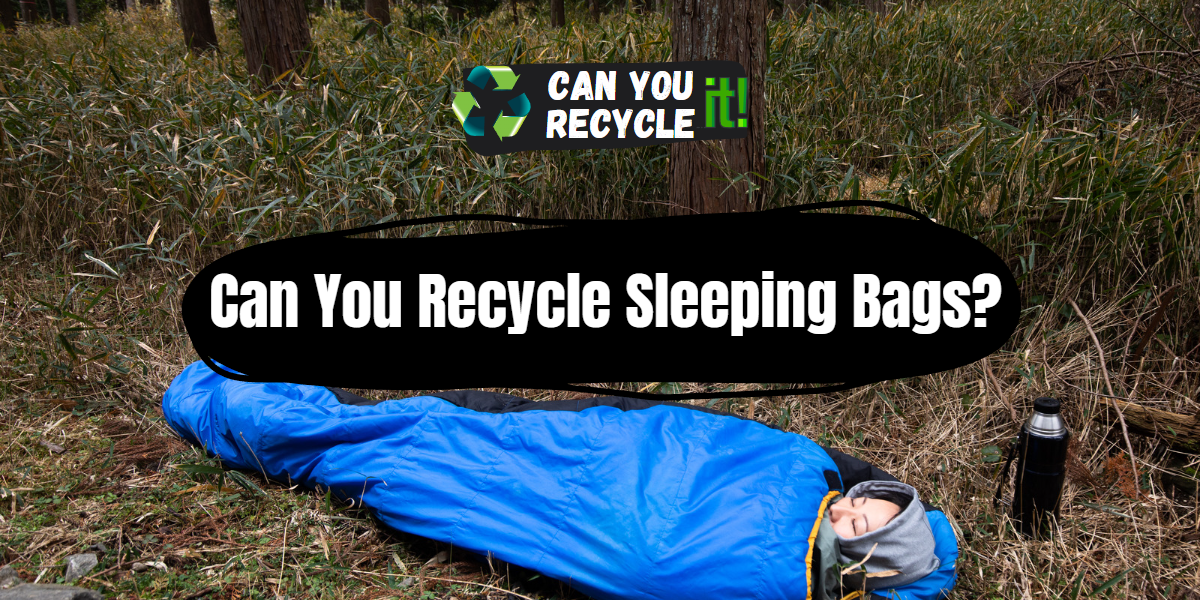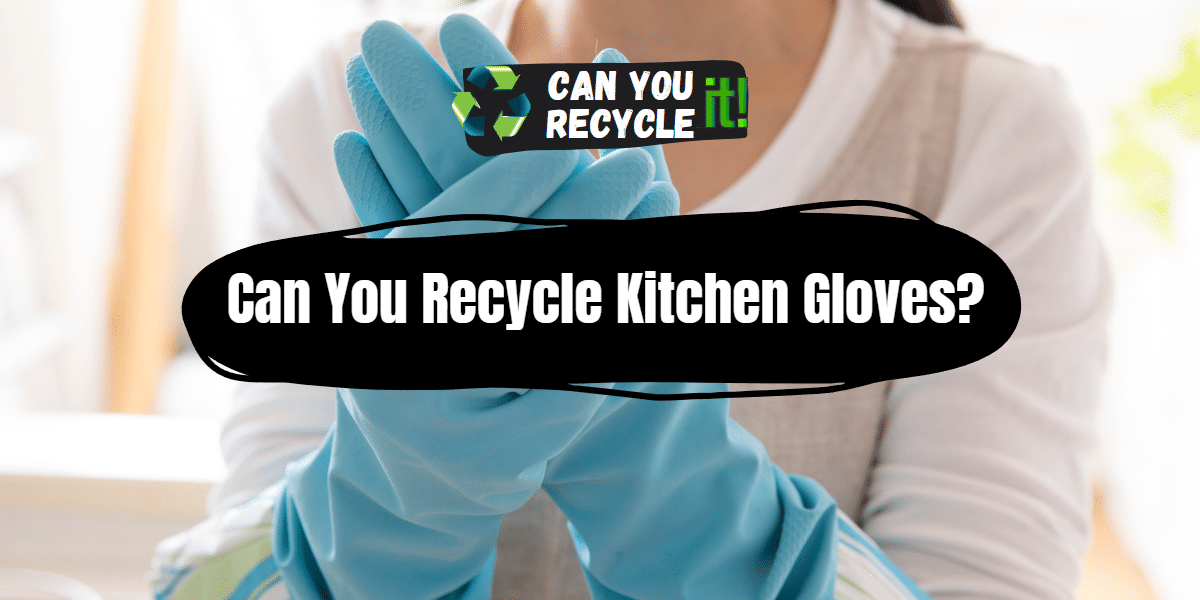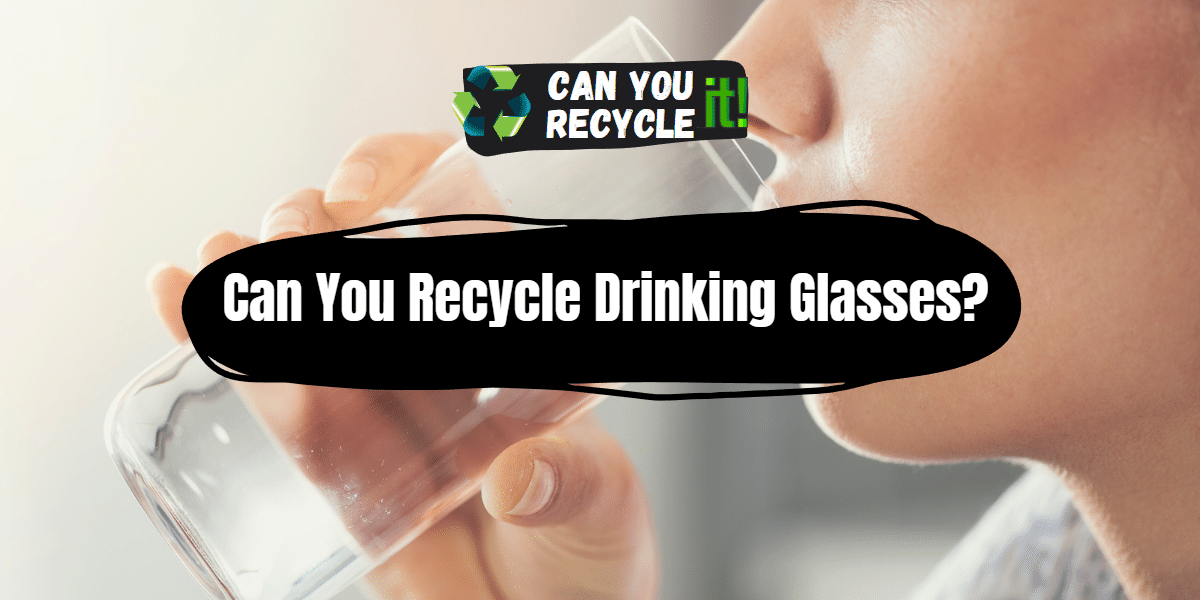Yes, sleeping bags can be recycled, but it depends on the materials they are made of and the availability of recycling facilities in your area. Let’s explore the dos and don’ts of recycling sleeping bags to ensure a smooth recycling process.
When it’s time to replace your trusty old sleeping bag, you may wonder if it can be recycled. In this article, we will delve into the topic of recycling sleeping bags, providing answers to the burning question, dos and don’ts for recycling, a step-by-step guide to recycling, alternative options for non-recyclable sleeping bags, the environmental impact of recycling, frequently asked questions, and final thoughts.
Table of Contents
Do’s and Don’ts
To increase the chances of successfully recycling your sleeping bag, keep the following dos and don’ts in mind:
Dos
- Do: Check the care label or manufacturer’s instructions to determine if your sleeping bag is recyclable. Some sleeping bags are specifically designed for recycling, while others may require special handling or disposal methods.
- Do: Clean your sleeping bag thoroughly before recycling. Follow the care instructions provided by the manufacturer to ensure proper cleaning without damaging the materials.
Don’ts
- Don’t: Include heavily soiled or damaged sleeping bags in the recycling bin. Contamination and excessive damage can hinder the recycling process.
- Don’t: Mix different materials when recycling a sleeping bag. Separating the different components, such as the outer fabric, insulation, and zippers, can help optimize the recycling process.
5 Step Guide to Recycle Sleeping Bags
Follow these steps to recycle your sleeping bag effectively:
Step 1
Check local recycling facilities: Research recycling facilities in your area to find out if they accept sleeping bags. Contact recycling centers, textile recycling programs, or local waste management authorities for specific guidelines.
Step 2
Assess the condition of your sleeping bag: Inspect your sleeping bag for any damages or excessive wear. If it’s in good condition, consider donating it to a local shelter or charity instead of recycling.
Step 3
Clean the sleeping bag: Thoroughly clean your sleeping bag according to the manufacturer’s instructions. Ensure it is free from dirt, debris, and any odors before recycling.
Step 4
Remove non-recyclable components: If possible, separate any non-recyclable components from your sleeping bag, such as zippers, drawstrings, or plastic buckles. These items may require separate disposal methods.
Step 5
Recycle or donate: Take your cleaned and prepared sleeping bag to a designated recycling facility or donate it to a charitable organization that accepts used outdoor gear. Ensure you follow the specific guidelines provided by the facility or charity.
What to Do with Sleeping Bags That Cannot Be Recycled
If your sleeping bag is not recyclable or is heavily damaged beyond repair, consider these alternative options:
- Repair or repurpose: Explore options to repair or repurpose your sleeping bag. It can be transformed into a pet bed, cushion stuffing, or repurposed for DIY projects.
- Donate or sell: If your sleeping bag is still in usable condition, consider donating it to local shelters, outdoor programs, or selling it through online platforms or secondhand stores.
- Responsible disposal: If no other options are available, dispose of your non-recyclable sleeping bag in accordance with local waste management guidelines. Check with your municipality for proper disposal methods.
Environmental Impact of Recycling Sleeping Bags
Recycling sleeping bags offers several environmental benefits:
- Reduces waste: By recycling sleeping bags, we divert them from landfills, reducing the amount of textile waste that accumulates and minimizing the associated environmental impact.
- Conserves resources: Recycling sleeping bags helps conserve resources, such as energy, water, and raw materials, that would otherwise be required to produce new sleeping bags.
- Reduces greenhouse gas emissions: Recycling sleeping bags can lead to a reduction in greenhouse gas emissions compared to producing new ones. It helps mitigate the effects of climate change and promotes a more sustainable future.
FAQs for Can You Recycle Sleeping Bags
Can all sleeping bags be recycled?
Not all sleeping bags are recyclable. It depends on the materials used in their construction. Check the care label or contact the manufacturer to determine if your sleeping bag is recyclable.
Can I recycle down-filled sleeping bags?
Down-filled sleeping bags can be recycled, but the process may be different compared to synthetic-filled sleeping bags. Check with your local recycling facilities for specific instructions.
Where can I find recycling facilities for sleeping bags?
Contact local recycling centers, textile recycling programs, or waste management authorities in your area to inquire about facilities that accept sleeping bags.
Can I recycle sleeping bags with mold or mildew?
Mold or mildew-infested sleeping bags may not be suitable for recycling due to contamination concerns. In such cases, it’s best to dispose of them following proper waste management guidelines.
Conclusion and final thoughts 💭
Recycling sleeping bags is an eco-friendly way to extend their lifecycle and reduce waste. By following the dos and don’ts, conducting thorough cleaning, and researching local recycling facilities, you can contribute to a more sustainable future. For non-recyclable sleeping bags, consider repair, donation, or responsible disposal options. Let’s make conscious choices to protect the environment and preserve our outdoor gear for future adventures.





Leave a Reply